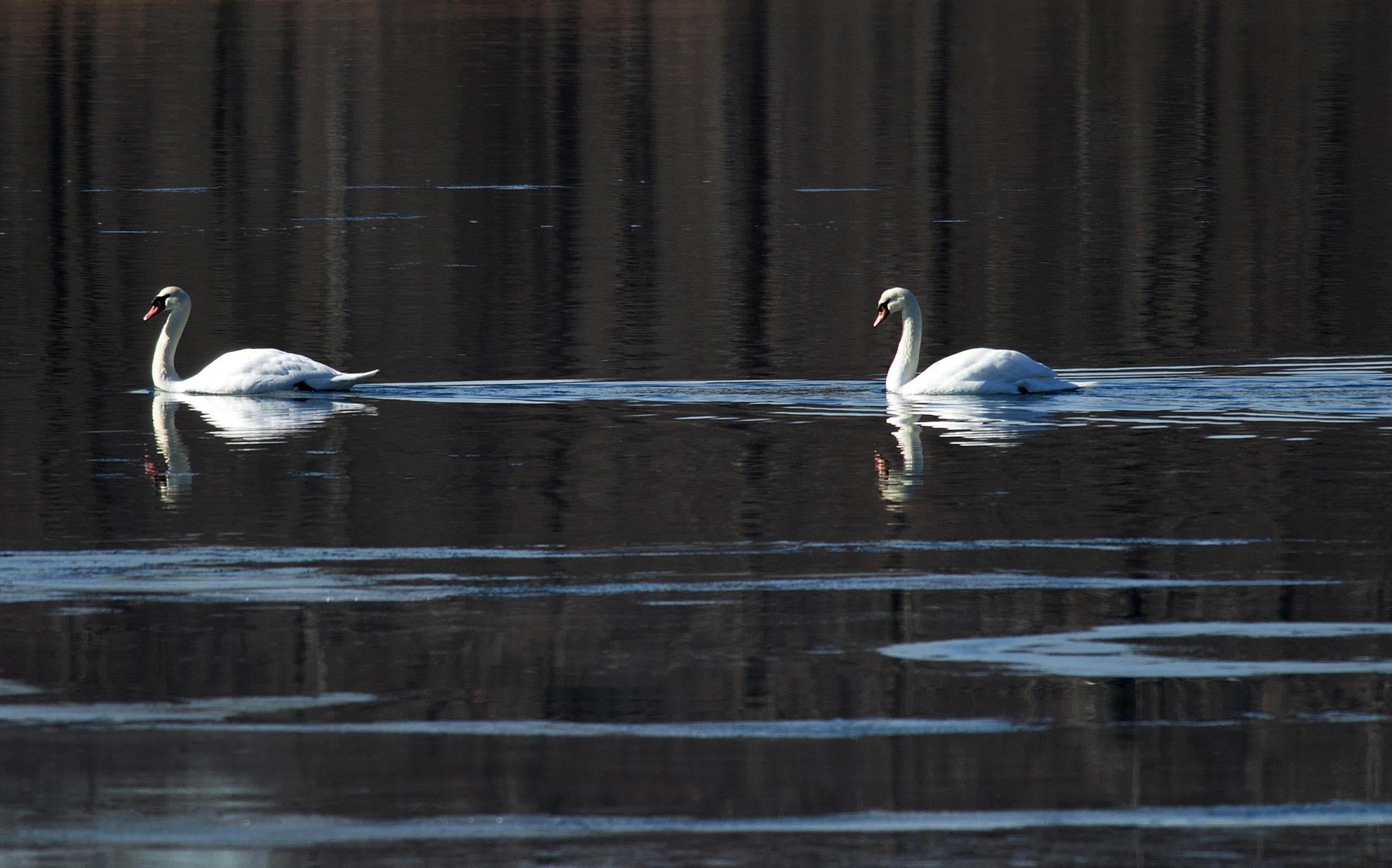In 1890, representatives from a group called the American Acclimatization Society released 40 pairs of nonnative European starlings into Central Park. The release was possibly part of a larger effort to introduce to North America every species mentioned in the works of Shakespeare. (Henry IV, Part 1, Act 1, Scene 3: “I’ll have a starling shall be taught to speak / Nothing but ‘Mortimer,’ and give it him / To keep his anger still in motion.”) But more likely it was just to see if the birds would stick. Stick they did, and the European starling spread from New York to become an invasive pest and perhaps the most numerous bird in the country.
In 1904, a forester with the Bronx Zoo noticed that a fungus was killing his American chestnut trees. The fungus had been carried on decorative Asian chestnut trees brought by nurseries to New York as early as 1876. The Asian variety had long ago evolved resistance to the fungus, but the American species had no defense. The carnage was astonishing: The chestnut blight killed billions of American chestnuts, which once grew on nearly 200 million acres of eastern forest, all but completely eliminating the species from its native range in less than 50 years.
Thanks for nothing, New York City.
There’s no doubt that a lot of great things got their start in the Big Apple: hip-hop, the roller coaster, Scrabble. But we shouldn’t forget that it’s also been the site of introduction for a great many of our country’s worst invasive species. As the city has changed the American landscape culturally, so too has it changed the landscape physically. And not for the better.
I know you know this already, but in case you didn’t: Invasive species are awful. They belly flop onto ecosystems, throwing everything out of whack. They prey on creatures unprepared for defense. They muscle out native species looking for a home or food. They destroy crops and fisheries. They’re just crappy, and a lot of them came here first through New York.
Sometimes introductions were intentional, as in the case of the nitwits from the Acclimatization Society, who released not just starlings but also pheasants, Java sparrows, brown trout, largemouth bass, and any other “foreign varieties of the animal and vegetable kingdom as may be useful or interesting.” In the spring of 1851, Colonel Nicholas Pike of the Brooklyn Institute released eight pairs of European house sparrows into that borough. The birds feasted on grain spilled from the feedbags of thousands of city horses, and within just 30 years of their introduction to Brooklyn, house sparrows had spread from coast to coast and numbered in the millions.
Other times the introductions came as a result of good old-fashioned New York opportunism. House finches taken from the southwestern United States in the 1940s were sold in New York as “Hollywood finches.” They inevitably escaped and have since spread all across the East. Mute swans from Europe were sold to romantic collectors in Long Island and the Hudson Valley in the early 1900s and have expanded throughout the Northeast, using their long necks to outcompete other plant-eating waterfowl.
Most times, though, it was accidental. New York’s busy port brings ships from all over the world, sometimes carrying invasive cargo. In the 1980s, sections of pipe were imported from China for a sewer project in Brooklyn. Burrowed into the wooden pallets that held the pipe were large, voracious, black-and-white Asian long-horned beetles. The beetles were first found in Greenpoint, Brooklyn in 1996, killing trees by eating them from the inside out. They’ve since killed more than 80,000 trees, are spreading throughout the Northeast, and threaten almost all of America’s hardwood species.
And those are just the ones we know for sure. Pinpointing the introduction of a species is tricky business—they don’t get their passports stamped, after all. A bunch of invasives probably started in New York, though I can’t say for sure. Purple loosestrife, a European weed that has invaded marshland pretty much everywhere except Florida, snuck into the United States in ship ballast, likely in New York harbor. Garlic mustard has invaded forests all over the Northeast and Midwest, but it was first seen on Long Island in 1868. Cheatgrass was first discovered in New York in 1861, possibly the result of contaminated grain shipments, and now is found in all 50 states and is a major driver of wildlfires in the West, where it covers an area more than 4,000 times the size of Manhattan.
New York isn’t our only point of introduction for invasives, of course. Asian carp were introduced in Arkansas. Zebra mussels were first sighted in the Great Lakes. South Florida is practically an open-air zoo for introduced species, hosting all manner of tropical lizards, birds, and plants. Texans looking for exotic things to shoot introduced several species of Asian and African ungulates, including nilgai, blackbuck, and axis deer, that have since established wild populations. These nonnative creatures aren’t much of a threat to spread to other parts of the country though, because the habitats that allow them to thrive—arid in Texas or tropical in South Florida—are limited. New York’s temperate climate isn’t restrictive at all. To paraphrase Frank Sinatra, if species can make it in New York City, they’ll make it anywhere.
Of course, there’s one nonnative species that hasn’t been mentioned yet, one that’s become as symbolic of the city as a floppy slice of pizza: the rock dove, the pigeon. Oddly enough, the pigeon is one of the few widespread invasives that didn’t get its start in New York; it made its North American debut in 1606, in Port Royal, Nova Scotia. Thanks for nothing, Canada.
